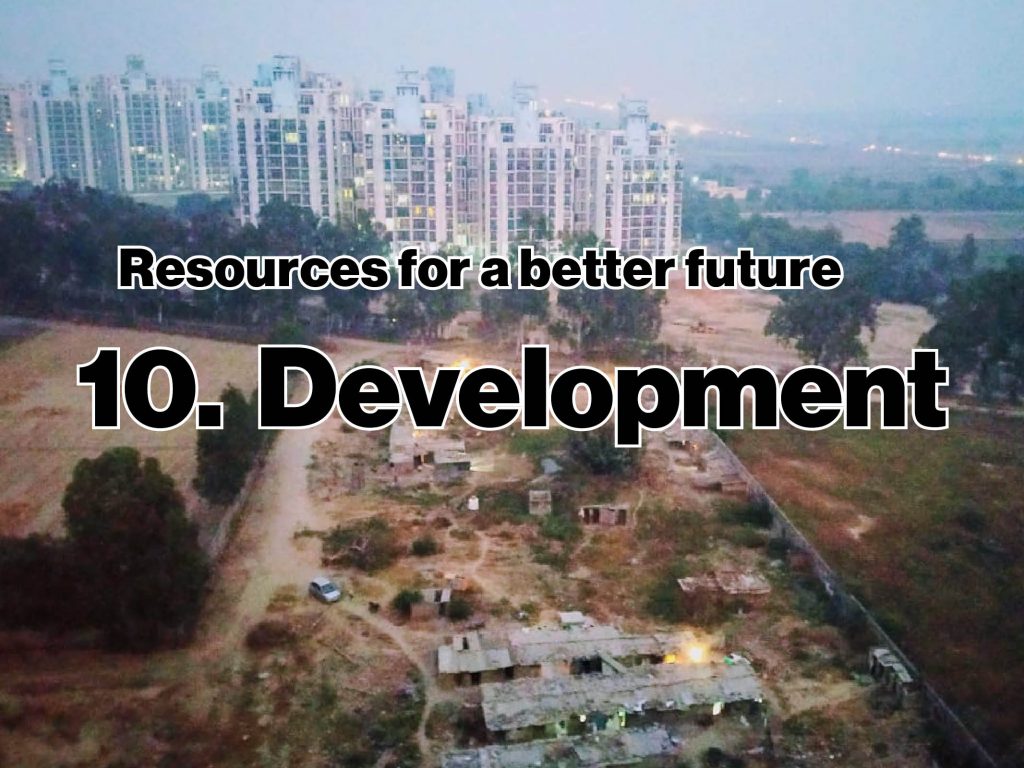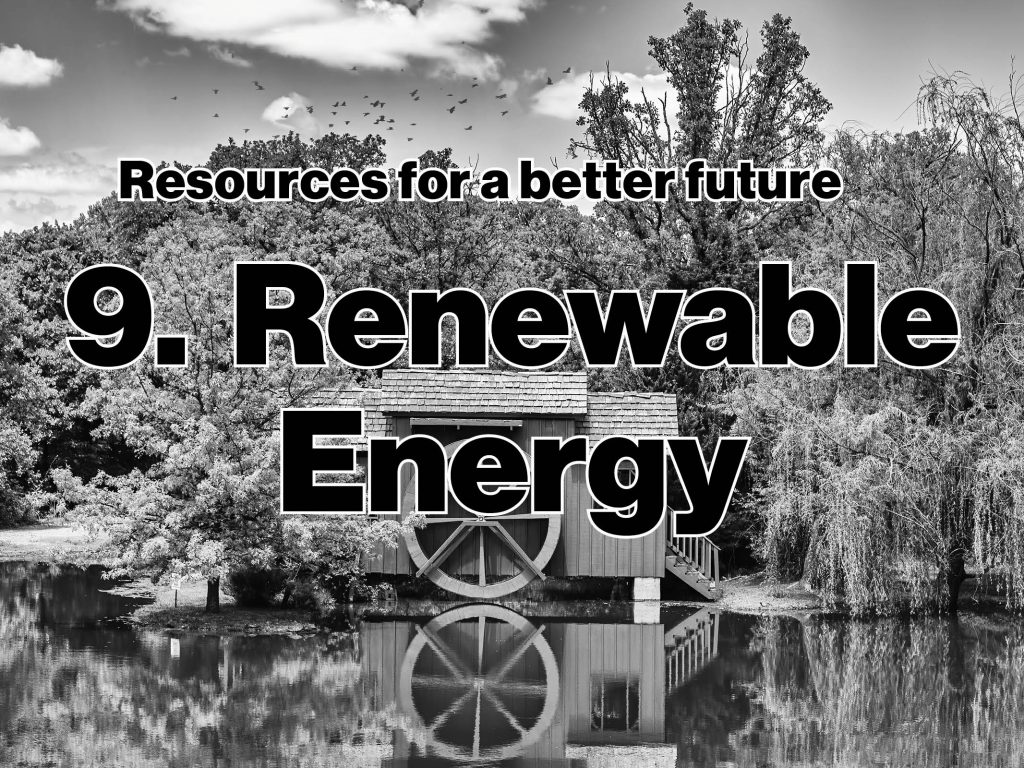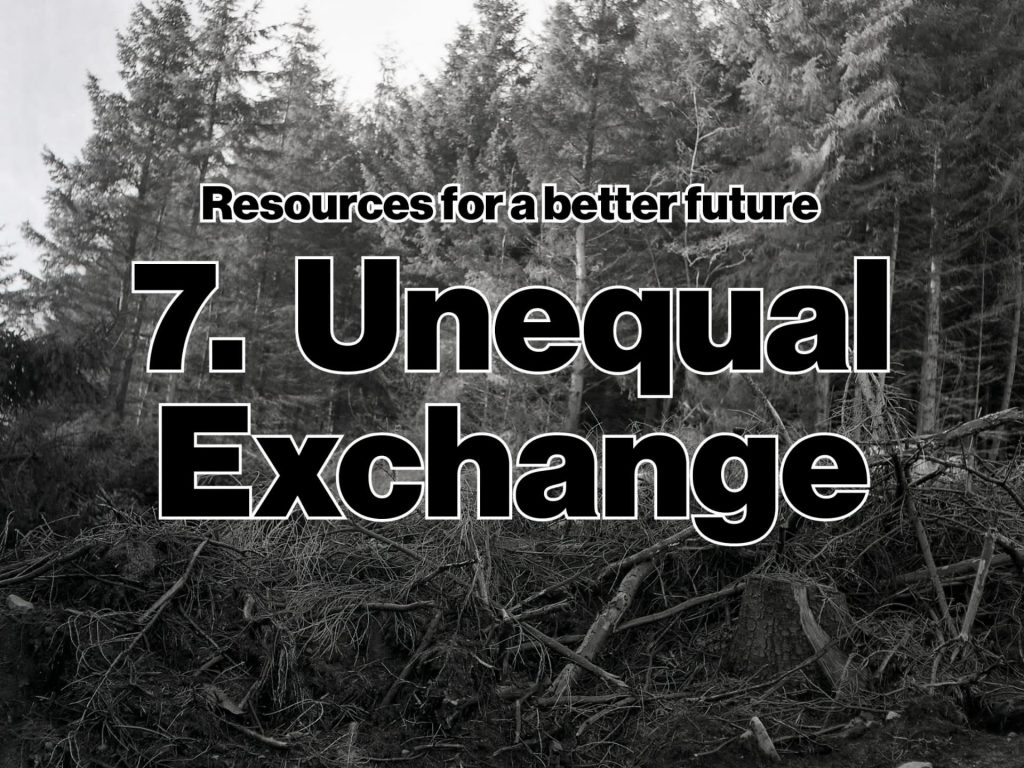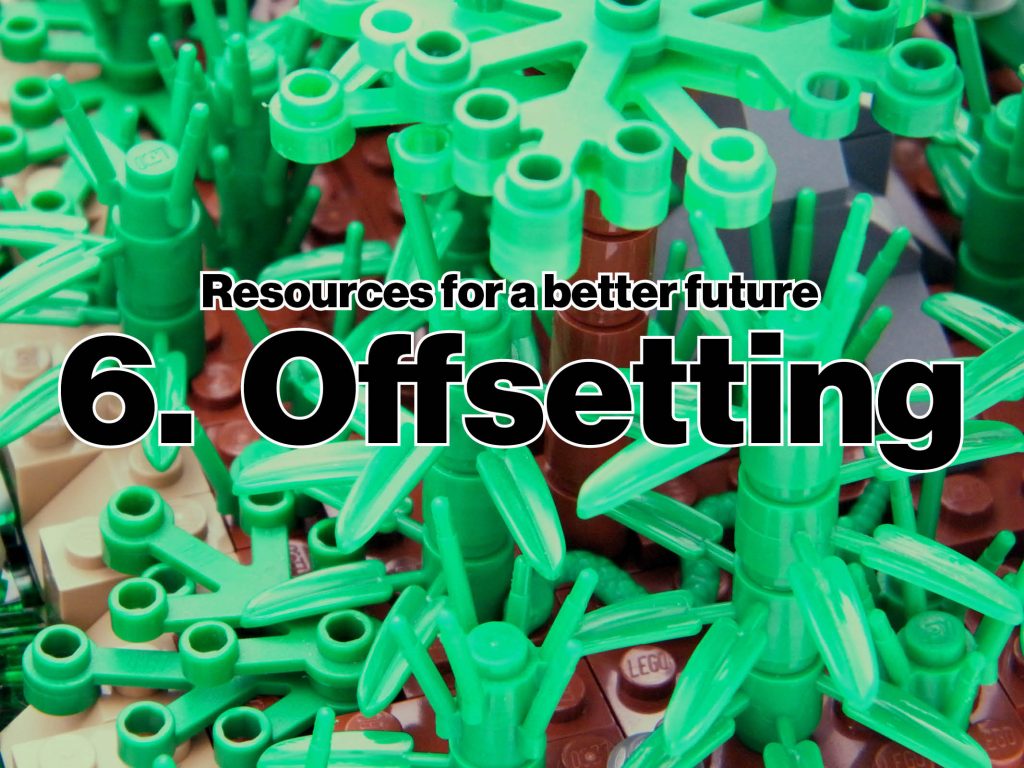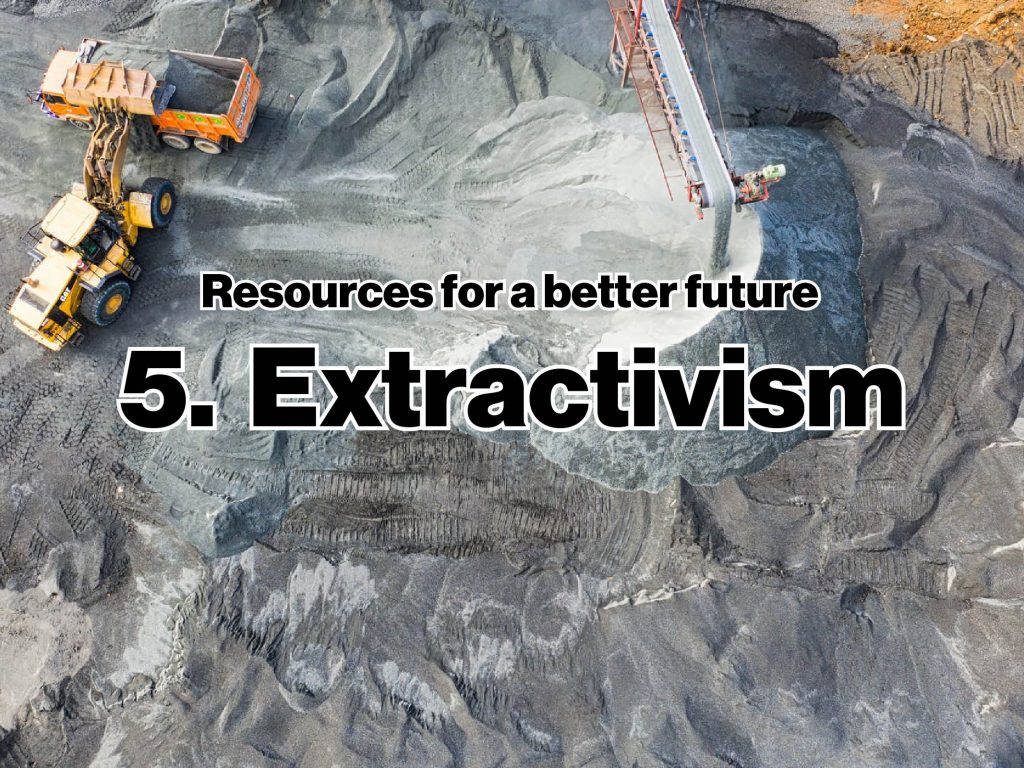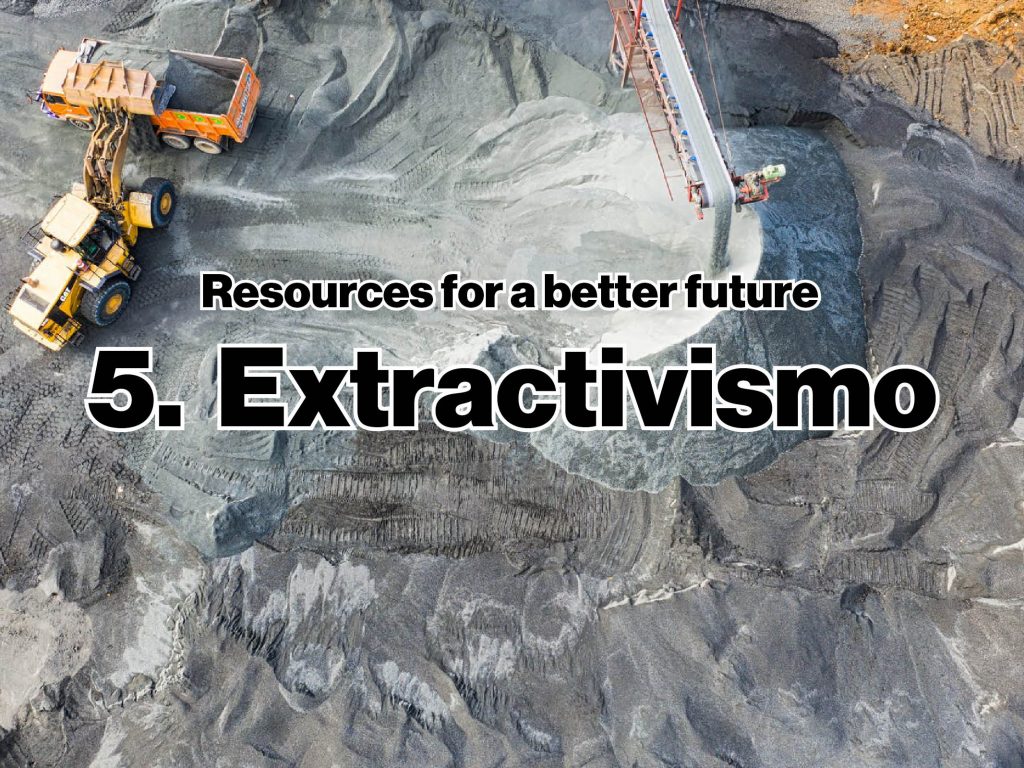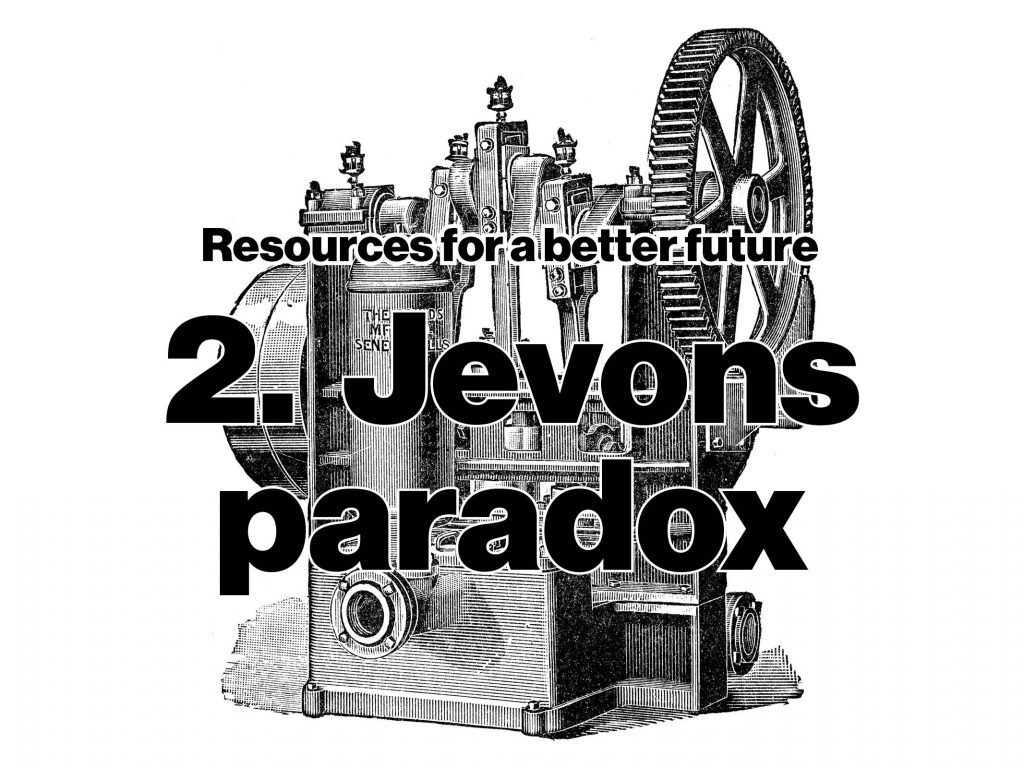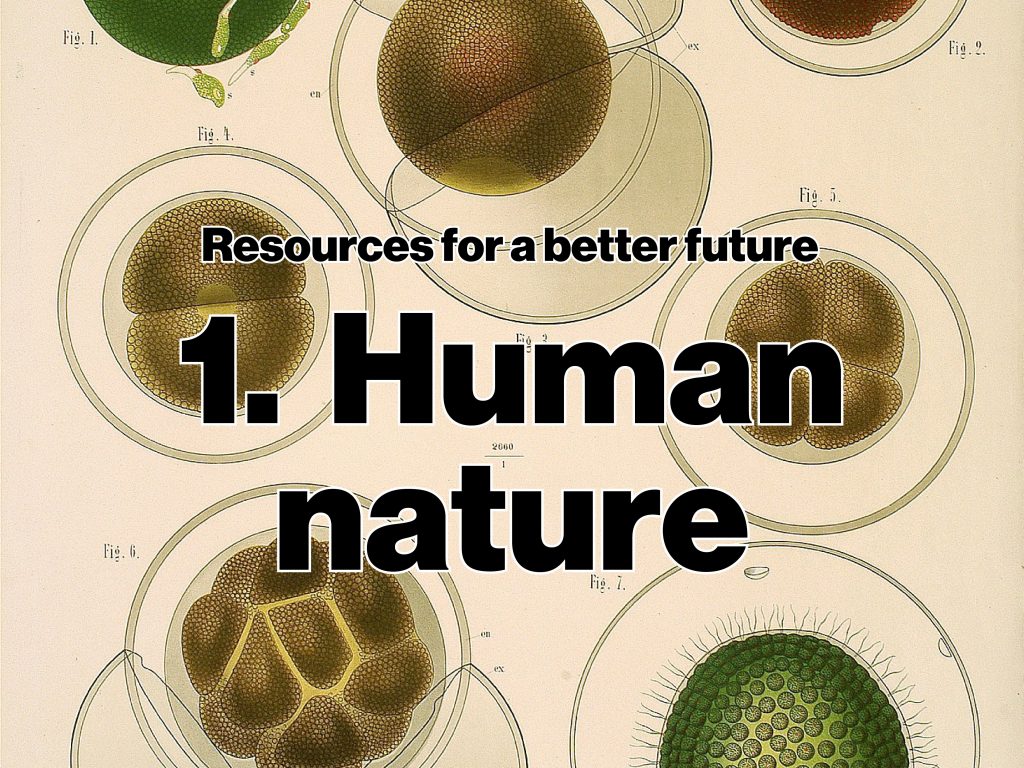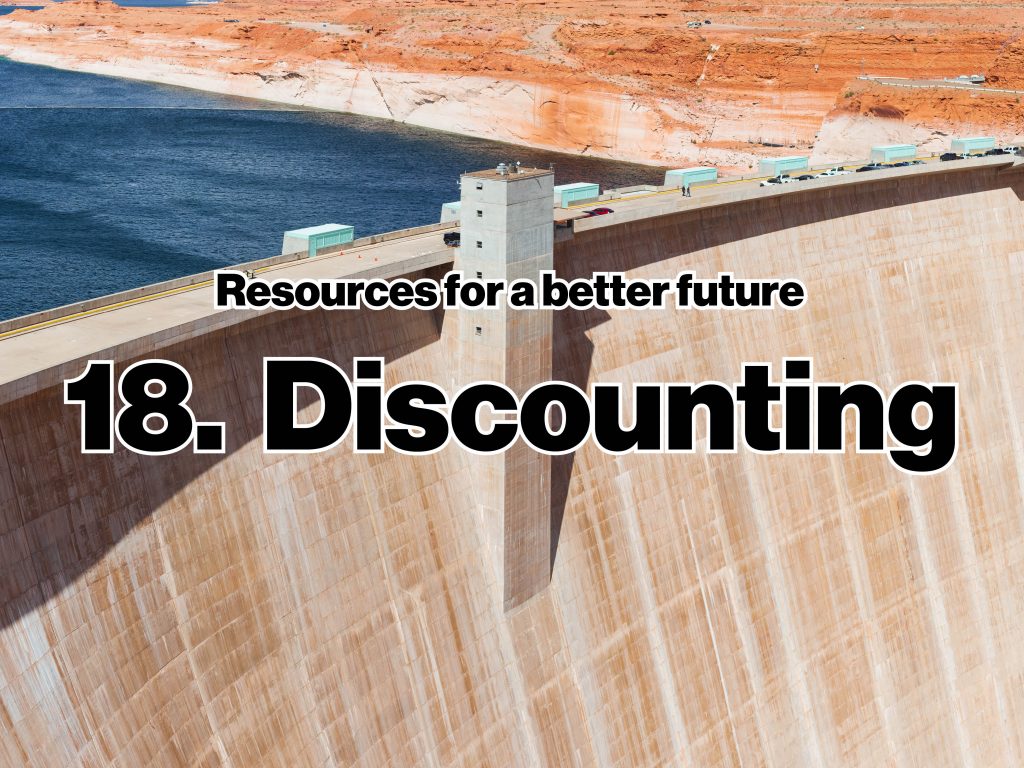
by Paul Robert Gilbert
When we borrow money, interest rates determine how much we will repay, over and above the amount we originally borrowed. Or, for those of us lucky enough to have savings, interest rates determine how much we will ‘earn’ on our deposits. A discount rate performs a similar task but in reverse. Like interest, discounting expresses the preference to have something sooner rather than later. Interest rates are used to estimate how much the value of a sum will be worth in the future, which a debtor would pay on a loan to compensate their creditor (and offset the risk of them defaulting on their loan), or what an investor expects to make on money they tie up in the market. Discount rates invert the calculation, and are used to determine the present value of possible future wealth.
Investors use discount rates to determine what a sum owed to them in the future might be worth today. The process of discounting makes it possible to value a diverse range of ‘things’ – from land to patents – in terms of the cash flows they will produce over their lifetime. The more uncertain you are that those cash flows will materialize, the more you ‘discount’ them, and the lower their worth (or ‘net present value’) is today. The more possibilities there are to ‘de-risk’ an investment through insurance or government guarantees, the higher the likelihood that the cash will arrive in the future – and the lower the discount rate and the higher the net present value.
Policymakers also practice discounting. Borrowing from financial decision-making strategies, cost-benefit analysis attempts to weigh the future benefits against the costs of a project (say, a dam, a nuclear power plant, or an emissions reduction project) before deciding to go ahead. In the process, they usually assign a discount factor that devalues future cash flows, and then see whether the sum of discounted costs and discounted benefits is positive or negative. The project goes ahead if the net present benefits outweigh the net present costs. The ‘social’ discount rate at work here denotes the importance that present generations give to costs and benefits in the future, i.e. to the ‘well-being’ of future generations (though well-being here is usually equated with consumption). If your social discount rate is zero, then you place an equal weight on the fate of future generations and those around today. If you use a positive discount rate, you are effectively placing a greater weight on impacts in the immediate term than those in the more distant future. A high positive discount rate effectively renders future considerations inconsequential. Conversely, a negative discount rate expresses long-term priorities.
There is, however, no consensus among economists on how to determine the social discount rate (or even what sign it should have). The broadest division is perhaps between those who believe the discount rate ought to be determined based on normative or ethical considerations (how much should we care about the future?), and those who believe it should be derived from existing patterns of economic behaviour. Clashes between adherents to these two broad approaches came to the fore in disputes about discounting that followed the publication of the Stern Review in 2006. The Stern Review, a report to the government of the UK in 2006, made the case that investing 1% of global GDP now was required to avoid an enormously costly impact from climate change in the future. Stern and his colleagues used fairly low discount rates (close to 1%), and this meant that impacts of climate change in the distant future registered as fairly ‘costly’ today, underpinning the argument that it was necessary to spend a significant amount today in order to mitigate future harms. Writing in Science in 2007, Yale economist William Nordhaus criticised Stern for being overly ‘prescriptive’ and deriving his discount rate (and hence his policy recommendations) from ethical commitments rather than ‘market data’. Nordhaus advocates more for what he terms a ‘descriptive’ approach, or for at least using discount rates that (seem to) reflect ‘standard returns to capital and savings rates’. We might wonder, of course, whether thinking like a private investor is appropriate to formulating macro-level policy decisions.
We might wonder, of course, whether thinking like a private investor is appropriate to formulating macro-level policy decisions
Advocates of descriptive approaches to discounting tend to treat market interest rates as ‘revealed preferences’ (i.e. the market interest rate is what people are willing to ‘tolerate’ as payment for forgoing consumption today). That is to say, the appropriate social discount rate can be read off market interest rates because this has already captured people’s ethical considerations about the future. This approach would involve arguing that ‘society’ should not invest in a ‘project’ like emissions reduction unless that project can deliver benefits equal to, or worth more than, the gains from investing a sum equivalent to that cost over the project’s proposed lifetime.
Stern, in his 2007 response to Nordhaus, pushed back on this descriptive approach, and challenged the view that there is any ‘real economic market that reveals our ethical decisions on how we should act together on environmental issues in the very long term’. Given the events of recent decades, like the 2008-2009 financial crisis (the ‘Great Recession’), which brought to light the corruption and instability inherent to a highly financialized economy, it is absurd to suggest that public policy decisions should be premised on the supposed capacity of markets to accurately value preferences and ethical judgements. Rather, descriptive discount rates both reflect and sustain a highly unequal and myopic world. Even as a critic of the ‘market failures’ that he views as driving climate change, Stern’s report is still couched in cost-benefit logic. Stern and many others in the climate policy mainstream maintain that it is worth acting quickly to mitigate climate change and reduce emissions primarily because the monetary benefits will outweigh the costs. That said, even within a cost-benefit framework, defining social discount rates to reflect long-term priorities for a safe and equitable world is a radical departure from and challenge to hegemonic approaches. The neoclassical approach as epitomized by Nordhaus’s descriptive approach to climate policy is idealized as an apolitical and accurate representation of preferences, when in practice it only reflects the financial imperative for short-term profits – a priority just as normative as Stern’s prescriptive policymaking.
Even those committed to the cost-benefit approach to climate policy have criticized Nordhaus’s excessively high discount rate. Recall that any discount rate above zero essentially involves valuing the impacts of climate change on future populations less than the ‘costs’ of mitigation or abatement today. But why, as Adler and colleagues (2007) put it, should ‘harms and benefits to the members of later generations [be] downweighted by virtue of the ethically arbitrary fact that these individuals come into existence later in time’? Equally if not more concerning is the degree to which the ‘globally impartial decisionmaker’ assumed by most discounting models trades off impacts between different parts of the world, where existing inequalities are shaped by entrenched structural inequities in the global economy.
Underpinning contemporary models of the social cost of carbon are discounted measures of the costs and benefits of climate change impacts, which can be used to decide whether measures (like a carbon tax) are ‘worth it’. But how can the impacts of future and present consumption ‘loss’ be measured in an intensely unequal world? When applied uniformly, discounting privileges economies with higher GDPs – comprised of people with higher incomes and real estate with higher asset values – over the livelihoods and homes of the global poor. As ecological economists like Azar and Sterner (1996) have argued for some time, if discounting models are to be used, then the dollar costs of impacts and costs should be weighted higher when they impact upon poorer people in the countries of the Global South, rather than being treated as impacts borne by a ‘representative world consumer’.
For those in the global North, discounting might be glossed over as a question of whether to ‘enjoy more now or pay for the future’. Yet asking policymakers in the Global South to front-load emissions reduction costs in order to ‘pay for the future’ will likely exacerbate existing international inequities. Financing development continues to place a burden on countries of the Global South, which are increasingly required to ‘de-risk’ private investments coming from the North, even as ‘capital flight’ from many parts of the South outstrips aid and debt inflows. Furthermore, focusing on the consumption choices and preferences of a stylized homo economicus as the basis for wellbeing – rather than, say, focusing on the provisioning of human life within a set of physical and social constraints – itself reflects an extraordinarily narrow set of neoclassical preoccupations, as feminist economists like Julie Nelson have long argued.
Asking policymakers in the Global South to front-load emissions reduction costs in order to ‘pay for the future’ will likely exacerbate existing international inequities
Some ecological economists are critical of both Nordhaus and the self-identifying ‘normative’ opponents of Nordhaus who take issue with his excessively low choice of discount rate, precisely because both groups often share a neoclassical preoccupation with choice and substitutability. Nordhaus and many others assume that ‘natural capital’ (i.e. ecological systems that furnish commodifiable ‘resources’ and ‘services’) is substitutable for ‘economic capital’. That is, in Neumayer’s terms, the idea that ‘large-scale damage to natural capital caused by global warming can be compensated for by higher consumption levels’. This commitment to the idea that ‘natural capital’ and economic capital are substitutable is increasingly popular among policymakers and business leaders alike. As Stuart Kirsch notes, it is this notion of substitutability that underpins claims to ‘sustainable mining’ by corporations like BHP Billiton and Anglo American, who explicitly frame their contributions to economic capital and consumption as a partial offset to ecologically destructive extraction.
The extent to which discounting reflects the operation of power, entrenches existing inequalities, and relies on the notion that ‘natural capital’ depletion can be offset by increased (marketized) consumption levels is made particularly clear in Leah Temper and Joan Martinez-Alier’s analysis of a long-running dispute in India’s courts over compensation payments for the conversion of forest land. An expert committee tasked with determining the appropriate discount rate for calculating the ‘net present value’ of forests made its report to the courts in 2006, advocating for a discount rate of 5%. Some had, however, advocated a social discount rate of zero ‘so as to give equal weight to the consumption of all generations, including the unborn’ whereas industry representatives ‘employing a paper published by the Asian Development Bank, argued for a social discount rate in India of 12%.’ Through all this, as Temper and Martinez-Alier note, the ‘benefits’ of converting forest land were boosted by wealthy tourists’ willingness to pay for visits, while non-market relations with and uses of the forest disappeared altogether from their net present value.
Ostensibly ‘value neutral’ tools like cost-benefit analysis and discounting in reality have definite normative implications. Wedding decision-making tools like cost-benefit analysis to modes of valuation like discounting can privilege the wealthy today over the poor tomorrow, legitimizing decisions that take for granted structural inequalities as ‘natural’ features of a world made up of individuals with different ‘preferences’. Both cost-benefit analysis and discounting involve either implicitly or explicitly comparing outcomes that may not be comparable (what ecological economists flag as value incommensurability) and these outcomes themselves are subject to high levels of uncertainty inherently associated with the complexity of the earth and socioeconomic systems and their nexus.
The tools that we use to calculate value – and, in turn, to make things valuable – ultimately reshape the world in the process. Discounting models that posit representative world consumers, or even ‘globally impartial decision makers’ attentive to global inequalities, remain wedded to neoclassical understandings of economics that reduces human life to a matter of individual consumption choices, and reduces the nonhuman world to substitutable ‘natural capital’. Tethering discounting procedures to such cost-benefit analyses will inevitably steer policymakers towards decisions that reflect and intensify existing inequalities.
Further resources
Collectif CSI. 2017. Capitalization: A Cultural Guide. Paris: Presses des Mines.
This volume presents a wide-ranging survey of the various arenas in which value has come to be understood in terms of future revenue streams – reliant in part on discounting models. The authors focus on the spread of this ‘cultural syndrome’ of valuation in relation to venture capital, forestry, business models and public budgeting. The book allows us to follow how discounting models have become key to valuation practices and decision-making in both finance and public policy, with a focus on how these models do not just measure, but shape, the world we live in.
Hanke, Steve H. and Anwyll, James B. (1980) ‘On the discount rate controversy’ Public Policy 28 (2): 171-183.
If you want to go deeper into some of the public policy debates around discounting from the mid-twentieth century, Hankey and Anwyll’s paper analyses an earlier discounting dispute regarding water policy under President Carter.
Kelleher, J. Paul. 2012. Energy policy and the social discount rate. Ethics, Policy and Environment 15: 45-50.
This is a very accessible and useful introduction to debates underpinning the choice of social discount rate (including the Stern/Nordhaus debates) and Kelleher’s blog is well worth a visit for more on this issue.
Temper, Leah & Martinez-Alier, Joan. 2013. The god of the mountain and Godavarman: Net Present Value, indigenous territorial rights and sacredness in a bauxite mining conflict in India. Ecological Economics 96: 79-87.
This paper by two of the political ecologists behind the Environmental Justice Atlas analyses the role played by disputes over discount rates in the context of forest peoples’ struggles with bauxite mining concerns in India.
Additional resources
Adler, M., Anthoff, D., Bosetti, V. et al. Priority for the worse-off and the social cost of carbon. Nature Clim Change 7, 443–449 (2017).
Azar, C. and Sterner, T. (1996) Discounting and distributional considerations in the context of global warming. Ecological Economics, 19(2): 169-184.
Kirsch, S. (2010) Sustainable Mining. Dialectical Anthropology 34, 87–93
Neumayer, Eric (2007) A missed opportunity: the Stern review on climate change fails to tackle the issue of non-substitutable loss of natural capital. Global Environmental Change, 17 (3/4). [Available online]
Nordhaus, W. (2007) Critical assumptions in the Stern Review on Climate Change. Science 317 (5835): 201-202Stern, N. (2006) The Economics of Climate Change: The Stern Review [see https://www.lse.ac.uk/GranthamInstitute/publication/the-economics-of-climate-change-the-stern-review/]
Paul Robert Gilbert is a Senior Lecturer in International Development at the School of Global Studies, University of Sussex. His research focuses on environmental defenders, and on aid flows to for-profit development contractors.
